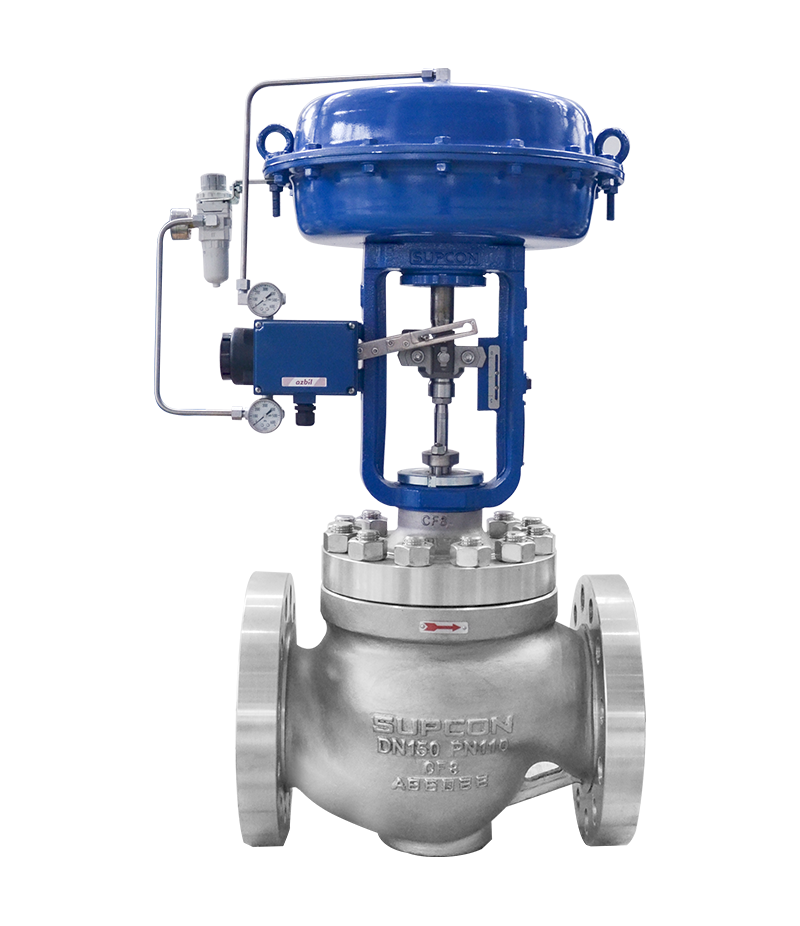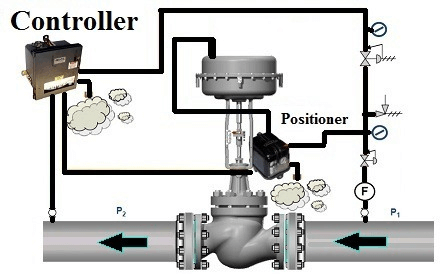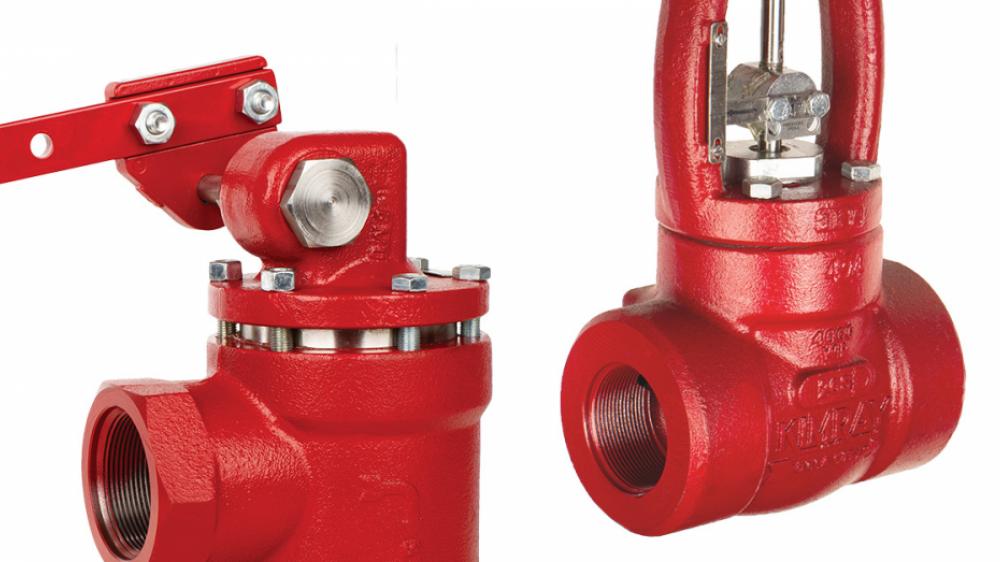Enhancing Functional Effectiveness with Advanced Control Valves

Maximize Power Financial Savings and Convenience With Advanced Building Automation Controls
In the realm of contemporary style and facility monitoring, the combination of innovative building automation manages stands as a pivotal advancement. By using the power of automation, buildings can adapt, react, and develop in ways that were as soon as inconceivable.
Power Efficiency Perks
Energy efficiency advantages can considerably decrease energy consumption and functional expenses in structures. Energy-efficient systems, such as sophisticated building automation controls, can optimize the use of sources like heating, cooling, and lighting, leading to lower power costs over time.
Moreover, boosted energy performance can extend the life expectancy of structure devices and systems. By operating much more effectively, heating and cooling systems, light, and other building components experience much less deterioration, causing reduced maintenance and replacement expenses. In addition, energy-efficient structures often command higher building values and rental prices, offering lasting monetary benefits to owners.
Moreover, energy effectiveness can enhance owner convenience and productivity. Effectively controlled interior environments with optimum lighting and thermal problems create a more helpful and pleasant office, resulting in improved worker fulfillment and performance. In general, the power performance advantages associated with sophisticated structure automation controls are multifaceted, including cost savings, ecological stewardship, and owner well-being.
Improved Convenience Control
Enhancing comfort control in structure environments needs an advanced assimilation of sophisticated automation systems for optimal resident wellness. By using advanced building automation controls, centers can customize the indoor atmosphere to satisfy the specific demands and preferences of passengers. These systems make it possible for precise guideline of lighting, temperature, and ventilation, creating a comfy and efficient environment. Passenger complete satisfaction and efficiency are closely connected to thermal convenience, making it vital to have systems in location that can adapt to transforming problems in real-time.
Improved comfort control exceeds fundamental temperature changes. It consists of features such as personalized settings, tenancy sensing units, and all-natural light usage to create a receptive and dynamic setting. By integrating these sophisticated controls, structures can not only enhance convenience however also enhance energy effectiveness by enhancing system procedures based upon actual occupancy and use patterns. Ultimately, focusing on passenger comfort via sophisticated automation systems results in an extra delightful and healthier interior atmosphere.
Functional Performance Improvements

In addition, the application of real-time monitoring and analytics tools makes it possible for important site building operators to recognize energy inadequacies and operational anomalies without delay. By constantly monitoring energy use patterns and system efficiency metrics, changes can be made in real-time to maximize power intake and make certain peak operational performance. control valves. In addition, including need feedback strategies right into building automation controls can even more improve functional performance by dynamically adjusting power use based on grid conditions and rates signals
Indoor Climate Optimization
Reliable indoor climate optimization is an essential element of building automation controls, ensuring residents' comfort and wellness while taking full advantage of power savings. By using innovative sensing units and controls, developing automation systems can continually monitor and readjust temperature, moisture degrees, air top quality, and ventilation to produce an optimal interior environment. Preserving comfortable and constant conditions not only improves occupant complete satisfaction however likewise enhances performance and general wellness.
Interior climate optimization also plays a crucial function in energy effectiveness. By fine-tuning cooling, ventilation, and heating systems based upon real-time data and tenancy patterns, constructing automation controls can dramatically lower energy intake - control valves. Executing techniques such as demand-controlled air flow and thermal zoning can assist reduce power waste while making sure that each location of the structure gets the needed conditioning.

Sustainable Setting Creation
Building automation controls not only maximize interior climate problems for power effectiveness and occupant comfort yet additionally lay the foundation for creating a lasting setting via critical management of systems and sources. By integrating sophisticated structure automation technologies, such as sensors, actuators, and intelligent software, facilities can keep an eye on and change energy use in real-time to reduce waste and minimize their carbon impact. These systems make it possible for predictive upkeep, determining prospective concerns prior to they escalate and enhancing tools performance to enhance longevity and try this site effectiveness.
Moreover, lasting environment development prolongs past power monitoring to encompass water conservation, waste decrease, and indoor air top quality improvement. Building automation controls can regulate water usage, find leakages, and guarantee appropriate waste disposal methods, adding to total sustainability initiatives. In addition, by regulating and checking ventilation and filtering systems, these modern technologies boost owner wellness and performance while decreasing energy consumption related to heating and cooling operations.
Conclusion
Finally, progressed building automation regulates deal considerable benefits in terms of power financial savings, convenience control, operational effectiveness, indoor environment optimization, and developing a sustainable environment. By executing these controls, buildings can attain optimum performance while decreasing power usage and enhancing resident convenience. It appears that the usage of innovative automation modern technology is critical in improving building Going Here efficiency and developing an extra sustainable future.
Power effectiveness benefits can significantly minimize power usage and functional prices in structures. Generally, the energy performance benefits connected with advanced structure automation controls are diverse, incorporating expense financial savings, environmental stewardship, and owner health.
Additionally, integrating demand response methods right into structure automation controls can additionally boost functional effectiveness by dynamically adjusting power use based on grid conditions and prices signals.
Building automation manages not just optimize interior climate conditions for energy effectiveness and passenger convenience however additionally lay the structure for developing a lasting atmosphere with calculated monitoring of sources and systems.In final thought, advanced building automation regulates deal substantial benefits in terms of energy cost savings, comfort control, operational effectiveness, indoor environment optimization, and producing a sustainable environment.